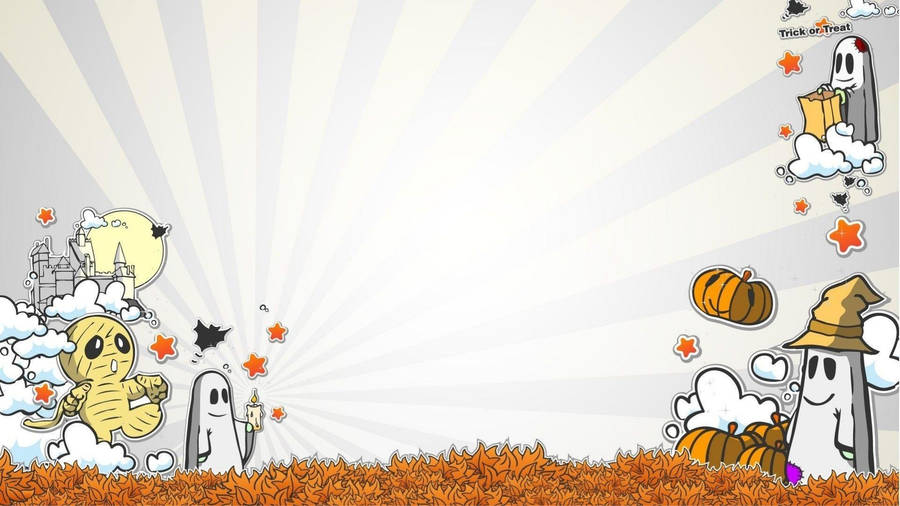 |
| http://www.somethingawful.com/comedy-goldmine/paranormal-conspiracy-ghosts/1/ |
What happens to a person's Facebook account when they die?
I have occasionally wondered what would happen to all my on-line accounts if I were to die unexpectedly. On Facebook, for example, would my smiling face still come up on lists of 'People You May Know'? Would I still get friend requests from people who hadn't heard the news of my death?
Fortunately, FB have already thought of this, and the story of how this came about can bee seen here:
http://www.facebook.com/notes/facebook/memories-of-friends-departed-endure-on-facebook/163091042130
Incidentally the policy has today changed so that the privacy settings on the account remain unchanged after death. So, depending on these settings, you can still see all those embarrassing snaps taken at the party or the photos of them lying on a beach in Crete. You can still see their timeline showing what they did on FB, as well as all the books, films and TV shows they loved and the causes they supported. And you can write your tribute on their wall.
In short, you have a virtual shrine dedicated to them.
I wrote in a previous post that we need memorials to friends and family who have died. This does not have to be a gravestone though. Imagine a memorial park where each person's name is linked by QR code or Bluetooth to a memorial Facebook page. You could sit in the tranquil setting where their remains are laid, looking at their old photos and videos on your mobile phone, and using an app (not yet developed), leave some virtual flowers to mark your visit.
Isn't science wonderful?
Incidentally the policy has today changed so that the privacy settings on the account remain unchanged after death. So, depending on these settings, you can still see all those embarrassing snaps taken at the party or the photos of them lying on a beach in Crete. You can still see their timeline showing what they did on FB, as well as all the books, films and TV shows they loved and the causes they supported. And you can write your tribute on their wall.
In short, you have a virtual shrine dedicated to them.
I wrote in a previous post that we need memorials to friends and family who have died. This does not have to be a gravestone though. Imagine a memorial park where each person's name is linked by QR code or Bluetooth to a memorial Facebook page. You could sit in the tranquil setting where their remains are laid, looking at their old photos and videos on your mobile phone, and using an app (not yet developed), leave some virtual flowers to mark your visit.
Isn't science wonderful?




